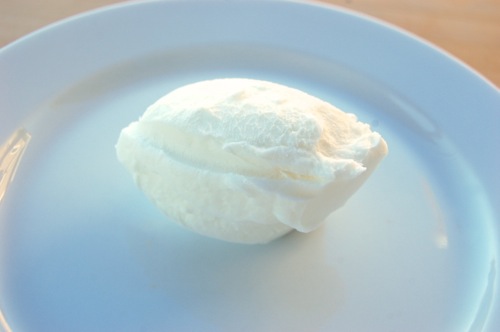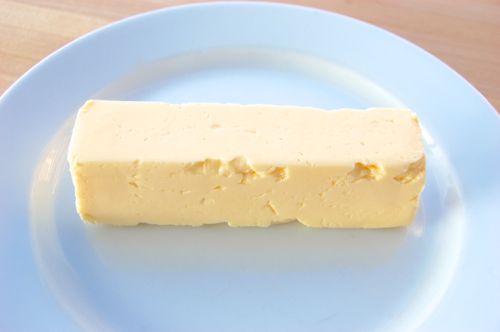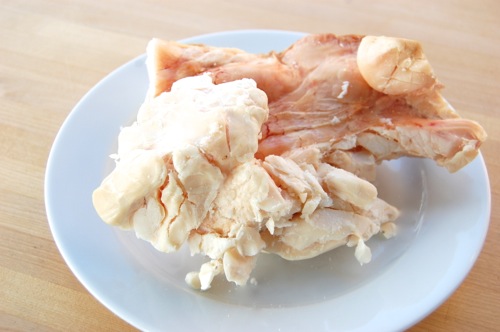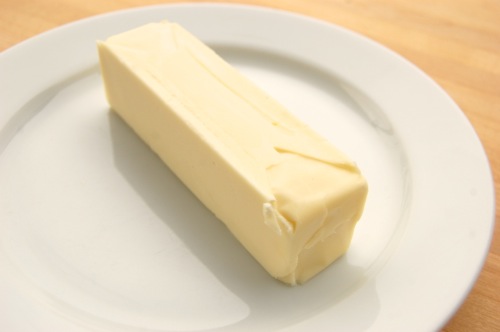Clarified Butter

Clarified butter is what you get when you heat butter to the point that the milk proteins curdle and settle out, the minerals and sugars clump and rise to the top, and much of the water boils away. What you’re left with is nearly pure butterfat.
What’s the advantage of that? Well, once all that’s done butter starts to behave a lot more like oil, and that’s a handy thing when you want the flavor of butter but also want to be able to subject it to high heat. If for instance you want to sauté with it or even fry in it. For the clarifying process has the effect of raising the smoke point of butter from around 325 degrees Fahrenheit to around 425 degrees Fahrenheit, which is pretty darn amazing.
READ ON







